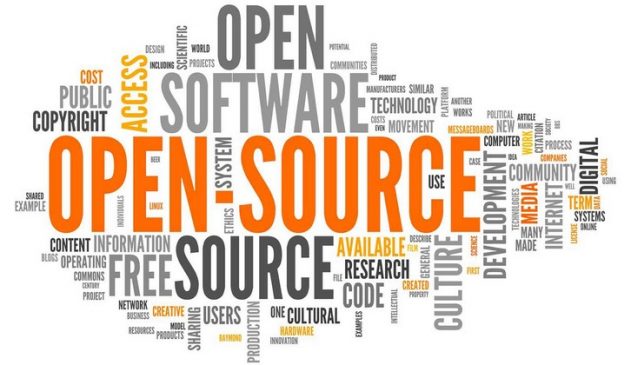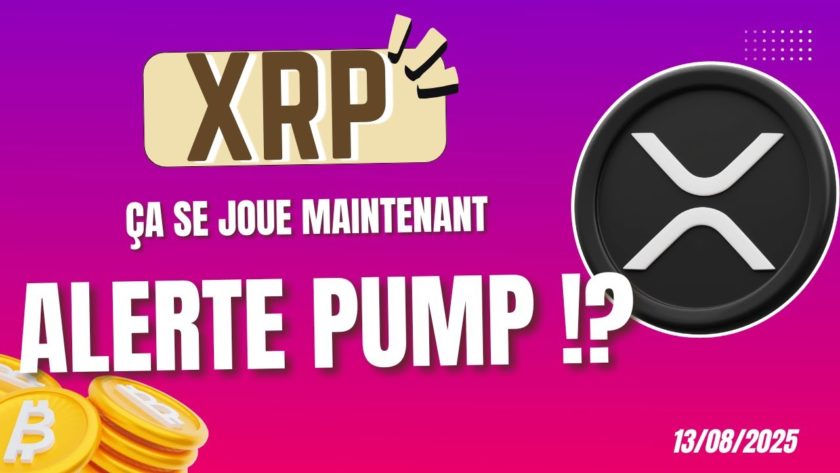Each blockchain has its own rules of how the code can be distributed, shared, or how developers can interact with it. These rules are defined in open source licenses (OSS). In what so many blockchain projects take for granted, licensing affects the adoption curve of a blockchain project for enterprise users.
Bitcoin and ethereum blockchains utilize open source licenses although not of the same type. Other major blockchain projects such as Hyperledger have a set of these OSSs in place.
Categories of Open Source Licenses
There are only two types of open source licenses, permissive and restrictive or copyleft. Although they are both OSSs, they differ greatly on what is allowed and what is not. The type of OSS a blockchain project relies on, either hinders or increases its adoption chances.
Permissive Open Source License
A permissive open source license has lesser restrictions during distribution. When an enterprise user is bound by license type, they are only required to provide a copy of the original license plus a notice when using the blockchain project.
This type of a license is believed to allow for more adoptions of a project since users have lesser restrictions to comply with. A permissive license is used on the bitcoin blockchain.
Restrictive or copyleft Open Source License
On the other hand, a copyleft OSS has a higher level of restrictions. During distribution, the user is supposed to provide the original and any derivative work developed using the blockchain.
Copyleft licenses are more popular than permissive licenses. A restrictive license or as commonly known as a copyleft license can either be a General Public License (GPL) or a Lesser General Public License (LGPL). Both varying in the degree of strictness. Ethereum uses both the GPL and the LGPL although at different versions.
Restrictive licenses are also used for Linux operating system programs.
Legally, a permissive Open Source License gives more freedom using the blockchain project than you can ever dream of with a restrictive license.
Although the licensing issue may seem just like an afterthought, in the long run, licensing affects the adoption curve of a blockchain project because it will be the first thing enterprise users consider before they get on board.
Which of the two licenses do you think can be healthy for both the project and its user?
Let us know your thoughts in the comments section below.




